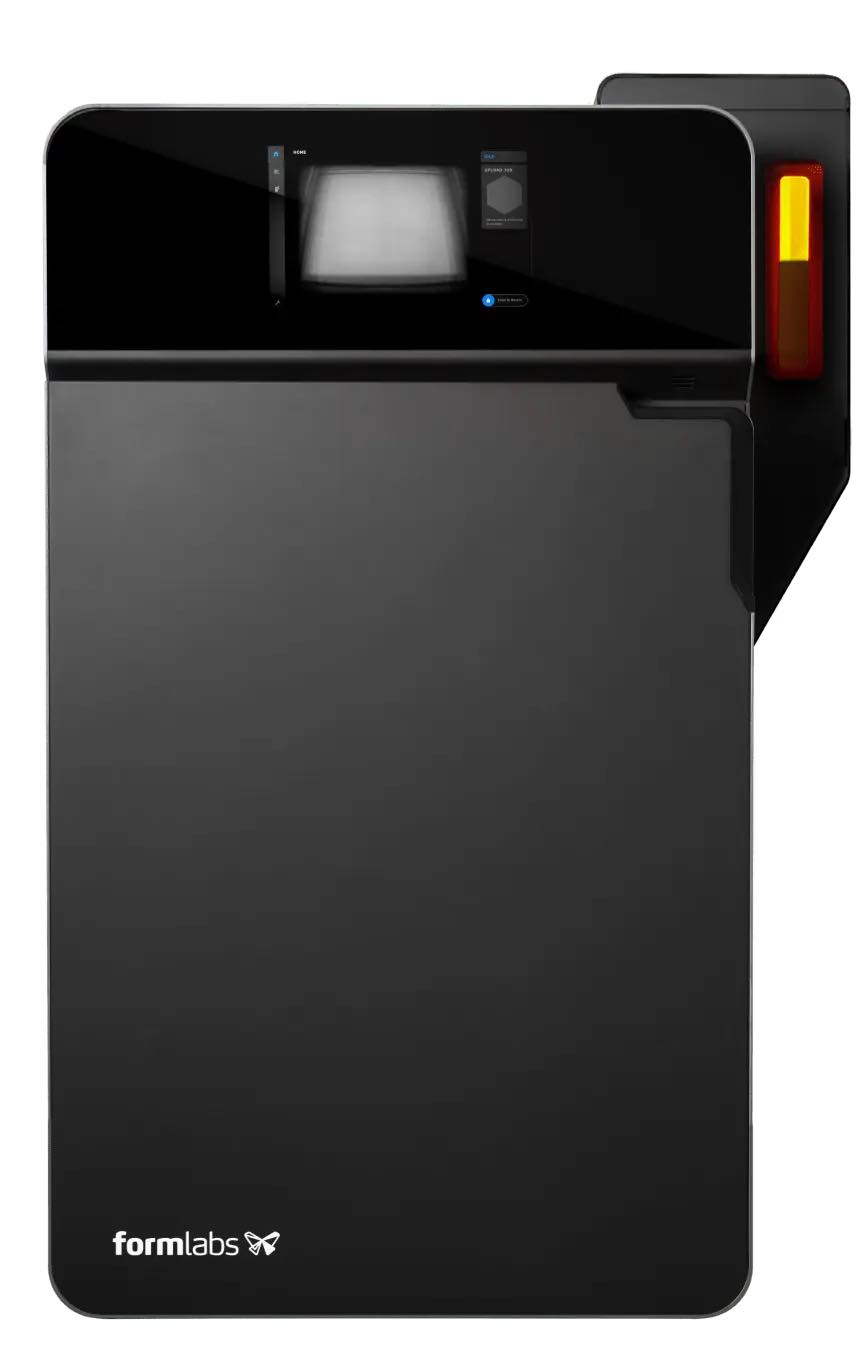
Center for Medical Innovation
Access & Safety
Equipment Use Guidelines:
- Students must complete an online training program before gaining access to the Innovation Lab. This course is offered free of charge and is taught using the Canvas platform. To enroll in the Canvas training course, please contact the lab via email cmiprotolab@utah.edu
- CMI personnel will operate heavy and specialized equipment such as CNC mill, CNC lathe, Epilog laser, & 3D printers for students when requested.
- Students may use general prototyping equipment including drills, hammers, saws, soldering equipment, oscilloscopes, etc. at the lab in the workspaces provided

Prusa XL
Our news printer, the Prusa XL offers a wide variety of material times and a large printbed, great for rapid prototyping and low-volume production parts with simple geometries.
- Build Volume: 360 x 360 x 360 mm (14.17 x 14.17 x 14.17 in)
- Layer Height: 0.07 - 0.30 mm
- Materials: PLA, PETG, TPU, PVA (water soluble support) - inquire for availability and specific colors

Prusa MINI
Our Prusa MINI offers the same great print resolution as the Prusa XL but on a smaller scale. With one toolhead, parts printed on the Prusa MINI are available only as a single material
- Build Volume: 180 x 180 x 180 mm (7 x 7 x 7 in)
- Layer Height: 0.05 - 0.25 mm
- Materials: PLA, PETG, TPU




Formlabs Fuse 1
- Build Volume (Width x Depth x Height) : 6.5 in x 6.5 in x 11.8 in (165 × 165 × 300 mm)
- Layer Resolution: 110 microns (0.004 in)
- Laser Spot Size (X & Y Resolution): .0033 in
- Materials: Nylon 12 powder prepared by Formlabs
How it works: Powder Bed Fusion (PBF)
- The printing area (known as a build envelope) heats to just below the melting point of the powder. Once it reaches temperature, a small amount of powder is distributed across the bottom of the build envelope for insulation.
- Ready to start printing, the machine begins depositing the powder layer by layer across the entire printing surface. On the Fuse1, the layer thickness is 0.004", or 110 microns.
- After a layer of powder has been deposited, a laser will selectively fuse the cross-section of the part for that individual layer. It may fuse a layer for only one part, or it may fuse many different parts in different areas at this layer.
- When the laser finishes fusing the cross section for each part in this layer, the build platform will lower itself 0.004" and another layer of powder will be deposited. The laser will again fuse only the powder necessary for the geometry of the part on this layer.
- This process of fusing layers and depositing powder will continue until the entire build envelope has been filled. Because the entire print area is covered in powder on each layer, the solid, fused parts are supported by the unfused powder - no need to build extra support structures like with resin or filament printers.
- The build envelope must cool down before the printed parts can be removed from the unfused powder. This minimizes the risk of parts warping shape, and ensures printed parts meet the specified material properties (including durability).




Formlabs Form 3
- Build Volume: 5.7 x 5.7 x 7.3 in
- Layer Resolution: Up to .001 in
- Laser Spot Size (X & Y Resolution): .0033 in
- Materials: BioMed White, Clear, Elastic 50A, Flexible 80A, Silicone 40A, Tough 2000
- More information on material properties are available here

Epilog Fusion Fusion Pro Laser
The Epilog Fusion Pro 48 laser is capable of engraving and cutting a wide range of materials. This top-of-the-line laser system includes both a 120 Watt CO2 laser and a 50 Watt fiber laser.
Specs:
- Workable Area: 48” x 36”
- Power: 120 Watt CO2 & 50 Watt Fiber
Typical Materials for Cutting
- Acrylic, Wood, Paper, Card Stock, Cork, NON-chlorine rubber,
Typical Materials for etching / engraving:
- Anodized Aluminum, Glass, Acrylic, Wood, Paper, Card Stock, Cork, NON-chlorine rubber
For health and safety purposes, some materials are NOT ALLOWED in our Epilog laser. These include:
- PVC, Vinyl, Pleather, Polycarbonate, ABS, HDPE, PolyStyrene Foam, Polypropylene Foam, Fiberglass, Coated Carbon Fiber
For more information see the Epilog Laser User Manual.
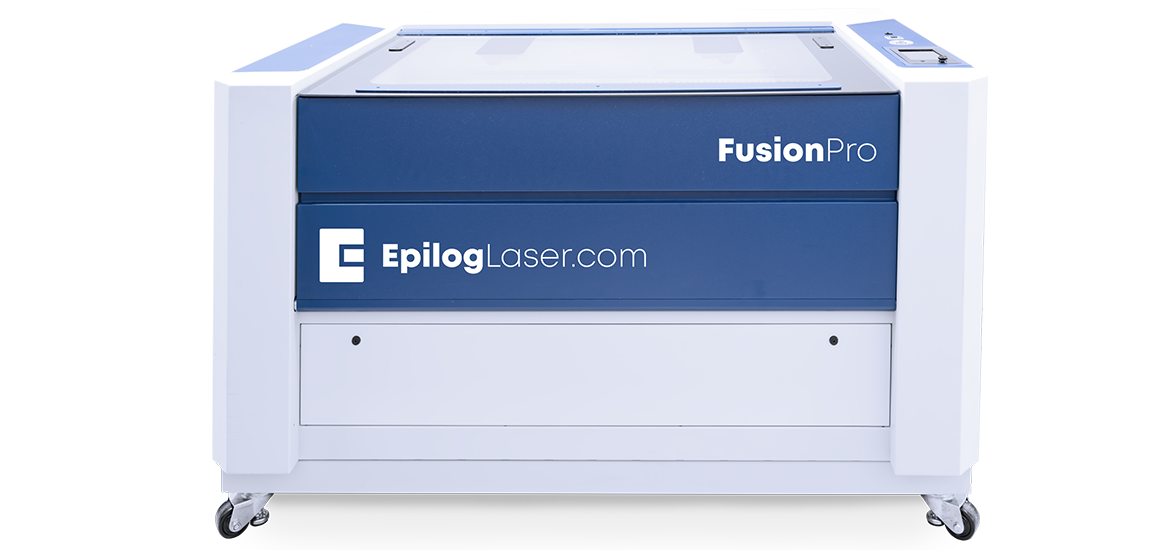
We are pleased to offer CNC equipment for precision machining. For more information regarding stock availability, set-up, and secondary machining costs, please contact cmiprotolab@utah.edu directly.
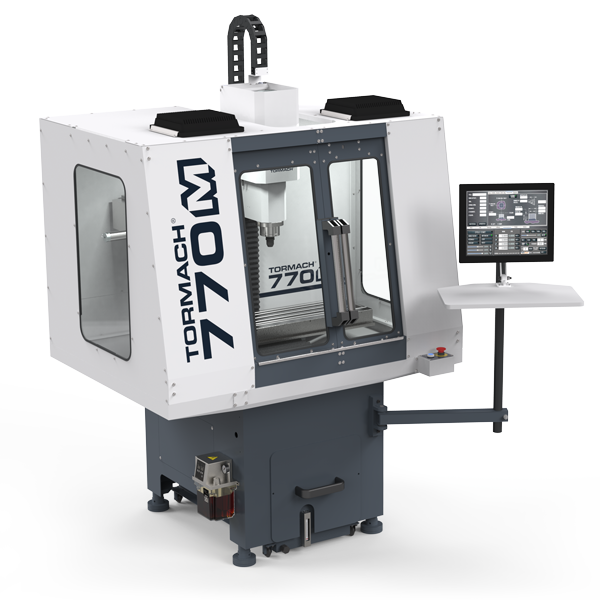
4-AXIS CNC MILL
X-Axis: 14 in. (356 mm)
Y-Axis: 7.5 in. (191 mm)
Z-Axis: 13.25 in. (337 mm)
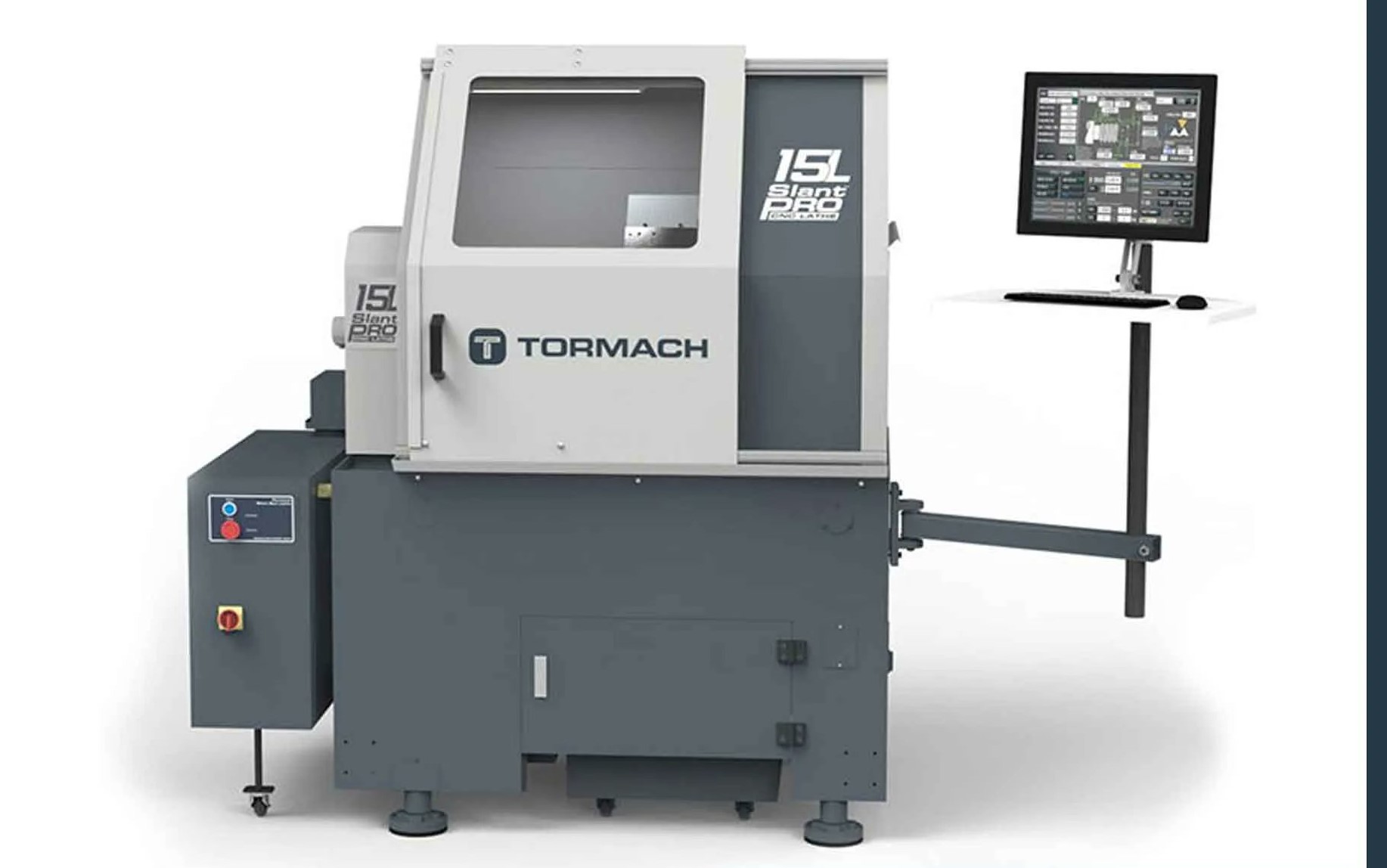
CNC Lathe
- X-Axis Travel: 10 in. (254 mm)
- Z-Axis Travel: 12 in. (305 mm)
- Recommended Chuck Size: 6 in. (152 mm)
The Gary Crocker Innovation and Design lab houses a wide range of quality tools and equipment for fabrication of proof-of-concept, first-generation, and even short-run productions of pretty much anything.
For access to the tools and workspaces offered at the Innovation and Design lab, please contact cmiprotolab@utah.edu.
Heavy Equipment |
Hand Tools |
Measuring Tools |
| Craftsman 14" Vertical Bandsaw | Cordless Drills | Rulers* |
| JET Horizontal Bandsaw 814 | Cordless Circular Saw | Calipers* |
| JET Variable Speed 15" Drill Press | Dremel tool | Micrometers* |
| Ryobi bench-mounted Disc & Belt Sander | Screwdrivers | Machinist Gauges* |
| Soldering & microelectronics | Compass | |
| Hex & Box-End Wrenches (imperial & metric) | Levels | |
| Sockets | *calibrated equipment | |
| Bench Vise | ||
| Pliers |
We also have an assortment of adhesives, fasteners, taps/dies, and anything you need to complete your prototype.
EinScan SE V2
The EinScan SE V2 3D Scanner allows for capturing high definition digital models of a physical object.
Specifications:
- Fixed Scan with Turntable
- Minimum scan volume: 30mm3
- Maximum scan volume: 200 mm3
- Output format: OBJ, STL, ASC, PLY, 3MF
- Scan accuracy: <0.1mm
- Camera resolution: 1.3MP
- Software: EXScan S

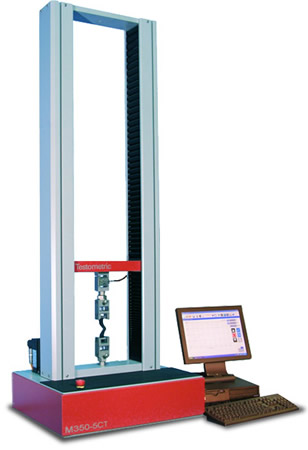
Materials Testing
The Testometric M350-5 range of twin column, computer controlled universal materials testing machine using Testometric’s feature-rich winTest™ Analysis software running under the Windows™ operating system. Test setups are fully configurable and simple or more complex multi-stage test routines are controlled using the standard PC serial interface.
Specs:
- Load cells: 5kg and 500kg
- Capabilities: Tension, compression, and 3-point bend test
- Pneumatic vise grips with exchangeable jaws (rubber and wave)
- Speed range: 0.001 to 2000mm/min in steps of 0.001mm/min
- Crosshead travel: 1100mm
- Throat: 290mm
- Software: winTest Analysis
- Calibrated by Western States Calibration
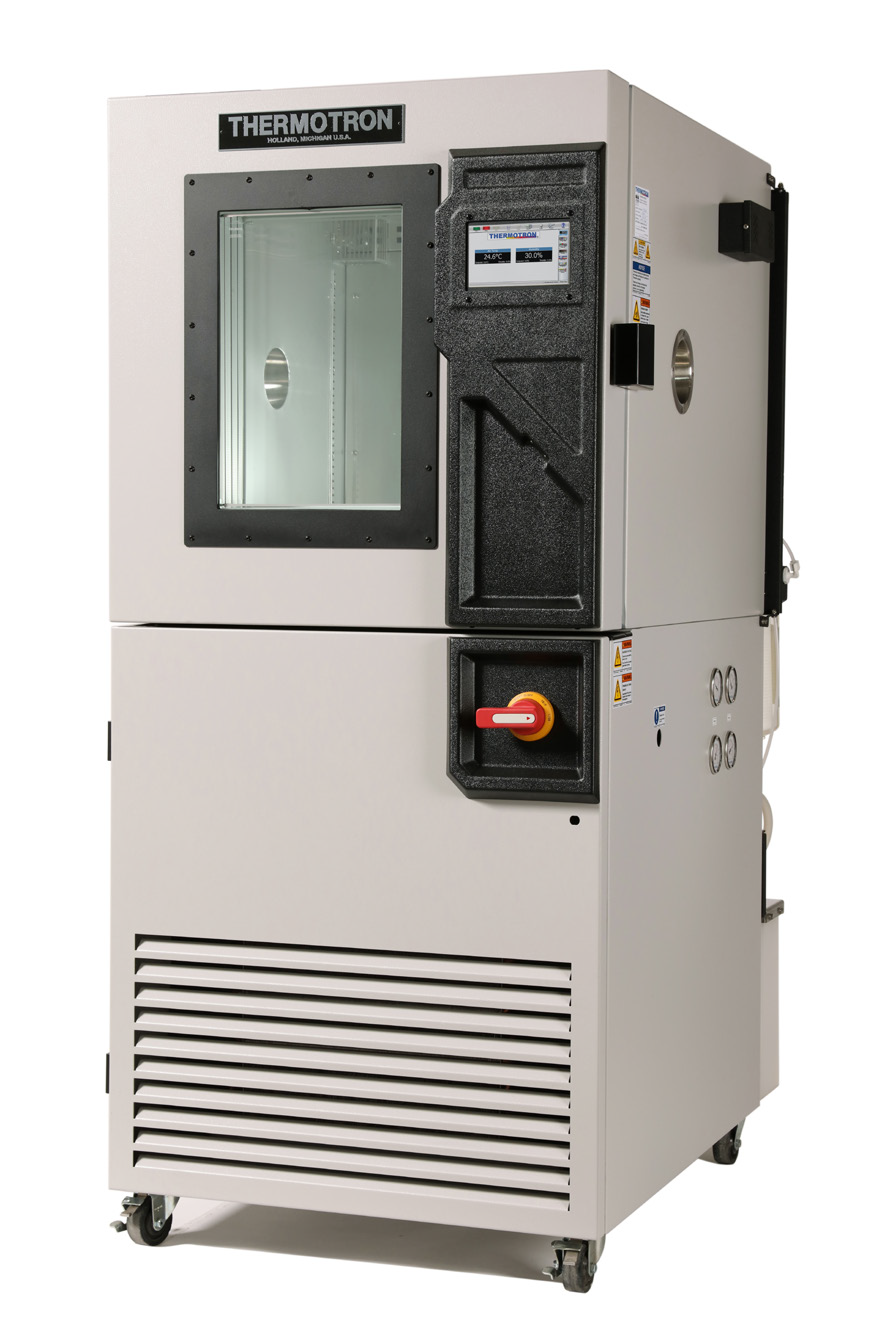
Environmental Testing
The Thermotron SM-8-8200 Humidity Chamber provides a flexible range of simulated environmental conditions which can be tailored to a variety of quality standards specifications.
Specs:
- Internal Dimensions: 24 in x24 in x 24in
- Temperature Range: -70°C to 180°C
- Humidity Range: 10% to 98% relative humidity




